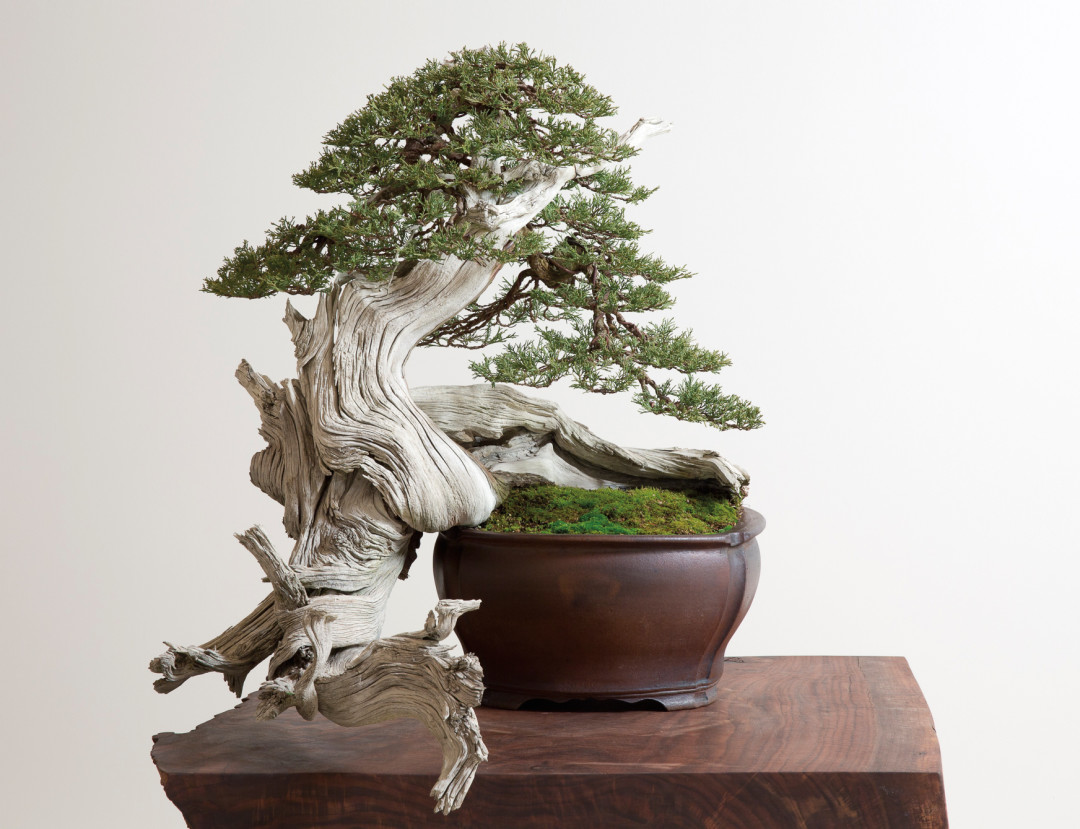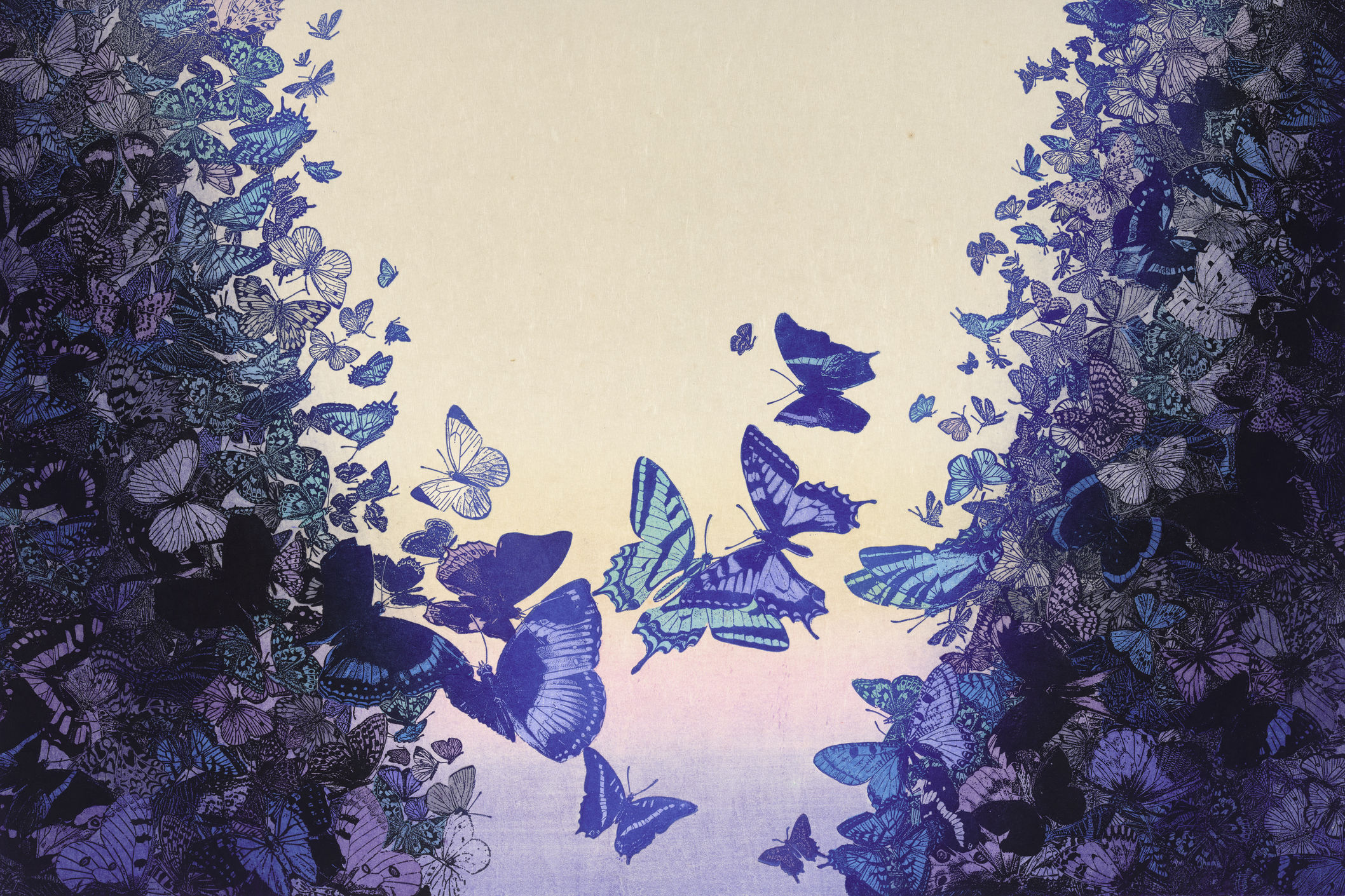Can a Couple of Americans Transform the Ancient Art of Bonsai?

Image: Chris Hornbecker
An hour north of Portland, on a hillside overlooking the Columbia River, I’m strolling between rows of bonsai trees. Some curl wildly out of their ceramic pots, like flailing Tolkien creatures. Others reveal surreal green tufts of foliage atop dead, sun-bleached bark. My tour guide, Ryan Neil, explains that many of these tiny trees are hundreds of years old, coaxed over years and years into grotesque, alien, intentional shapes with cuttings, wires, and simple sunlight.
“These are very sculpted living things,” says the 34-year-old. “It’s not stagnant. It’s responding constantly.”
This is Bonsai Mirai—loosely translated as “the future of bonsai”—Neil’s five-year-old bonsai workshop, garden, and school. This month, he and wife Chelsea attempt their most ambitious entity yet: the Artisans Cup, the country’s first homegrown bonsai exhibition and competition, at the Portland Art Museum. The exhibition, codesigned by the Neils and local architecture firm SkyLab, will showcase 70 trees from around the United States. Five international judges will choose a winner, who will take home $10,000 in prize money.
“We want to get bonsai away from the Japanese gardens and the hobby shop and expose the broader community to what is really becoming an American art form,” says Neil.
A horticulturalist by training, Neil toiled for six years in the garden of world-renowned bonsai artist Masahiko Kimura, becoming the first non-Japanese student to complete a traditional bonsai apprenticeship. Neil describes those years as a grueling Karate Kid montage (“a lot of wax-on, wax-off stuff,” he recalls). But by the end Neil was managing Kimura’s entire bonsai garden.
“Kimura does magical stuff with a living thing,” says Neil. “He pushes the survivability of the tree. He used to tell me, ‘I would rather see the tree dead than sit and look at it knowing I could have pushed it further.’”
If successful this year, the Artisans Cup will be held with Olympics-like regularity, giving the small but growing community of artists (the Neils received 306 tree submissions this year) enough time to create new pieces. Despite their focus on presenting American trees, the Neils have already had discussions to host the next Artisans Cup in Australia in 2019.
Says Neil: “Unless you’re totally numb to the natural environment, there’s something to identify with. Trees are an inherent part of civilization.”




